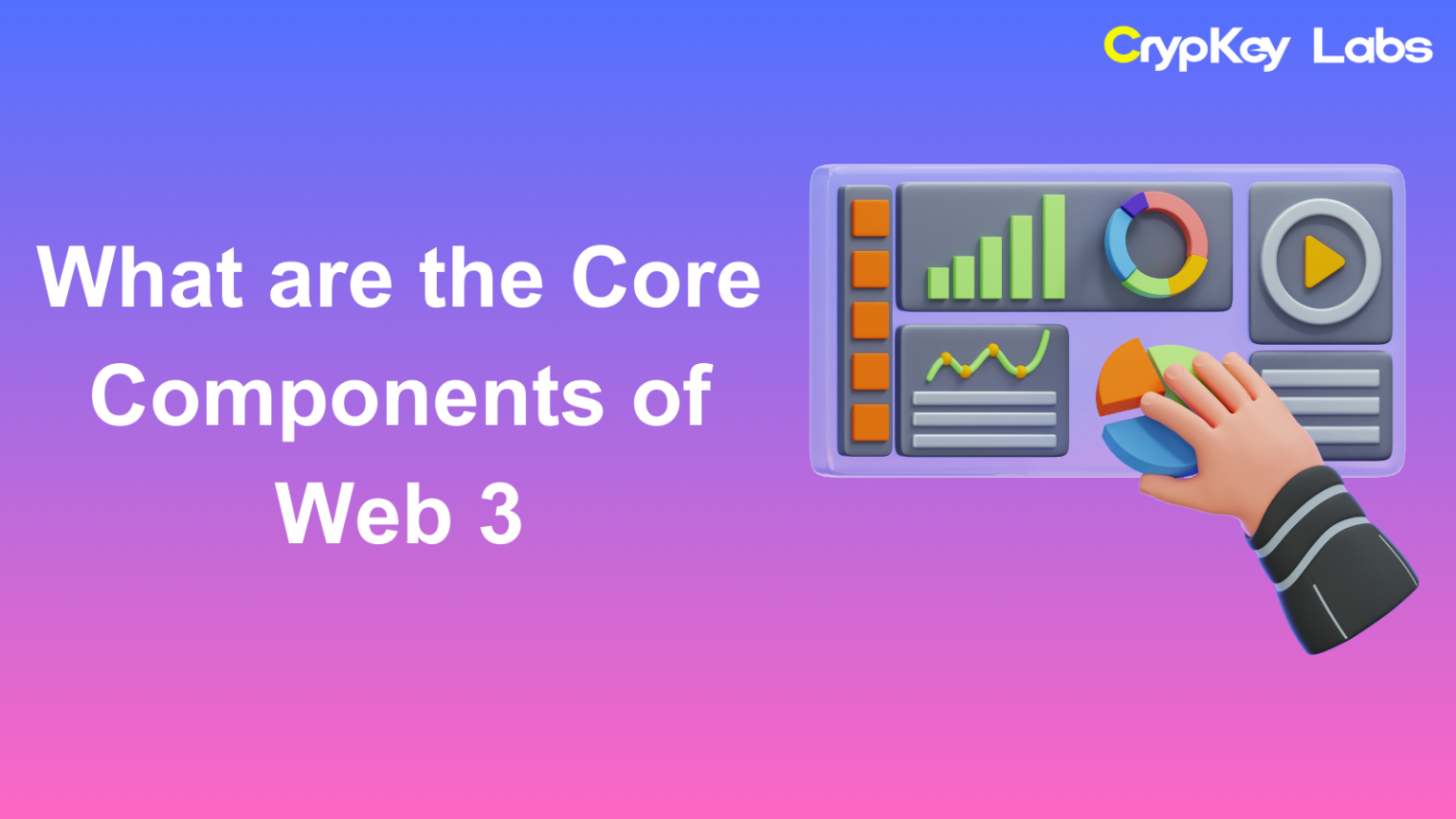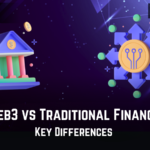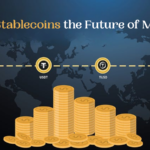The internet has come a long way. We’ve transitioned from Web 1.0, which was a basic, read-only version of the web, to Web 2.0, where users could not only read but also interact and contribute content. Now, the world is entering the era of Web 3, a version of the internet that promises more control for users, enhanced privacy, and decentralized systems. But what exactly makes Web 3 so transformative? In this blog, we’ll explore the core components of Web 3 that are reshaping how we interact with the digital world.
Decentralization of Data and Protocols
One of the most important aspects of Web 3 is decentralization. In Web 2, large corporations like Google, Facebook, and Amazon dominate and control user data. This centralization has led to concerns about privacy, data misuse, and monopolistic control. In Web 3, the goal is to break away from these centralized systems.
With decentralized data, the control of information is distributed across many nodes, not held by any single organization. This ensures that no one entity has complete authority over user data or protocols. Instead, data is stored on a network of computers, making it nearly impossible to manipulate or censor. For users, this means more autonomy and control over their information.
In this way, Web 3 prioritizes the sovereignty of data, making the internet a more open and transparent place.
Decentralized Governance
Another key component of Web 3 is decentralized governance, which shifts the decision-making power from corporations or governments to the community of users. Instead of a board of directors deciding the fate of a platform, decisions in Web 3 can be made through Decentralized Autonomous Organizations (DAOs).
A DAO is essentially a blockchain-based system that allows for transparent, community-driven decision-making. Each user, based on their stake in the system, gets a say in governance. The beauty of decentralized governance is that it reflects the collective will of the users rather than a few powerful individuals.
This type of governance allows users to have a real voice in shaping the rules and policies of platforms. Transparency is key here—every decision is recorded on a blockchain, making manipulation difficult and ensuring that the system operates fairly.
Refined Data Ownership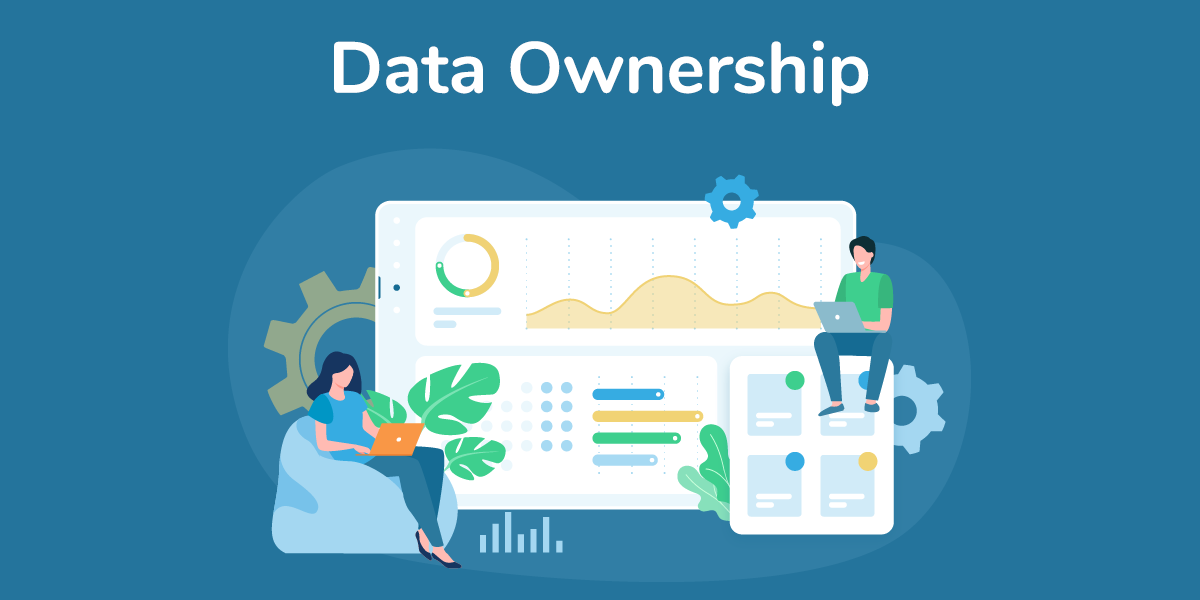
In Web 2, users have little to no control over their data. Most of the data we generate is owned by large companies who collect, analyze, and monetize it without our direct consent. Web 3, however, offers a new approach to data ownership.
With Web 3, you own your data. Period. Thanks to decentralized platforms, users can decide how, when, and with whom to share their data. This refined data ownership gives users control over their digital footprint.
One of the most promising concepts in this space is self-sovereign identity. This means that users can prove their identity without needing a third party, like a bank or government, to verify it. All identity-related data can be controlled directly by the user, preventing misuse and providing stronger privacy protections.
Trustless and Permissionless Controls
Web 3 operates in an environment that is both trustless and permissionless. What does that mean? In simple terms, you don’t need to trust a central authority, and you don’t need permission from anyone to interact with the system.
This is a huge shift from how most of today’s platforms work. For instance, when you use a service like PayPal or a bank, you trust them to manage your money and handle transactions. You rely on the bank to act in good faith and follow the rules. In Web 3, trust is not needed because systems are built on blockchain technology. Every transaction or interaction is verified by the blockchain, making the system trustless. You no longer need to depend on a middleman or a centralized authority.
Additionally, permissionless means anyone can access and participate in these decentralized networks without needing approval from an intermediary. This openness is crucial in creating a more equitable digital environment where participation is not restricted by location, wealth, or politics.
Blockchain and Smart Contracts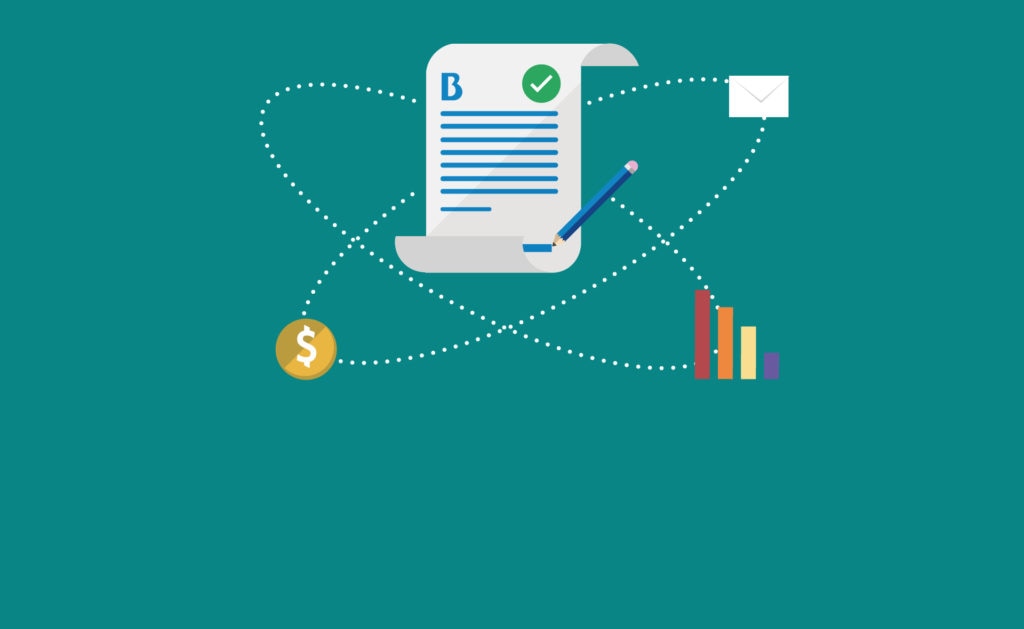
At the heart of Web 3 is blockchain technology. A blockchain is a decentralized, digital ledger that records transactions across a network of computers. What makes it revolutionary is its transparency and security—once data is recorded on the blockchain, it cannot be altered.
This is the backbone of Web 3. But it’s not just about storing data; blockchain enables the use of smart contracts—self-executing contracts with the terms of the agreement directly written into code. Smart contracts run automatically when certain conditions are met, eliminating the need for intermediaries like lawyers or banks.
Let’s say you want to buy a digital asset, like an NFT (non-fungible token). In Web 2, this would require third parties to verify the transaction and ensure that both parties hold up their end of the deal. With a smart contract in Web 3, the process is automated and trustless. The contract only executes if all conditions are satisfied, ensuring security and efficiency.
Use Cases of Smart Contracts:
DeFi (Decentralized Finance): Peer-to-peer financial services without the need for banks.
NFTs (Non-Fungible Tokens): Unique digital assets that are verifiable on the blockchain.
DAOs: Governance systems where rules and decisions are automated and transparent.
The Role of Artificial Intelligence in Web 3
Artificial Intelligence (AI) is another transformative technology in Web 3, offering a new level of automation and intelligence in decentralized systems. Unlike traditional AI, which is controlled by large corporations, Web 3 brings the potential for decentralized AI that can be used by everyone, not just a few tech giants.
Advanced AI Algorithms in Web 3 are designed to optimize data processing, identify patterns, and even manage decentralized networks. These AI systems can be used for everything from predictive analytics to personalizing user experiences without compromising privacy.
By integrating AI with decentralized technologies, Web 3 platforms become smarter and more adaptable, learning from user interactions and improving over time.
Private Key Authentication: Enhanced User Security
One of the core principles of Web 3 is security, and this is where private key authentication comes in. In Web 2, we rely on usernames and passwords to access online services. This centralized approach can be vulnerable to hacks, data breaches, and phishing attacks.
Web 3 replaces this model with private keys, a more secure way to authenticate users. A private key is a cryptographic string of characters that acts as your personal signature, allowing you to prove ownership of a digital asset or access to a decentralized service.
Why is this important?
Greater security: Private keys are virtually impossible to hack.
No intermediaries: You don’t need to rely on companies to manage your login credentials.
Control over identity: You control your authentication process and data access.
This enhanced security model is a major improvement over traditional methods, giving users peace of mind in an increasingly digital world.
Metaverse Support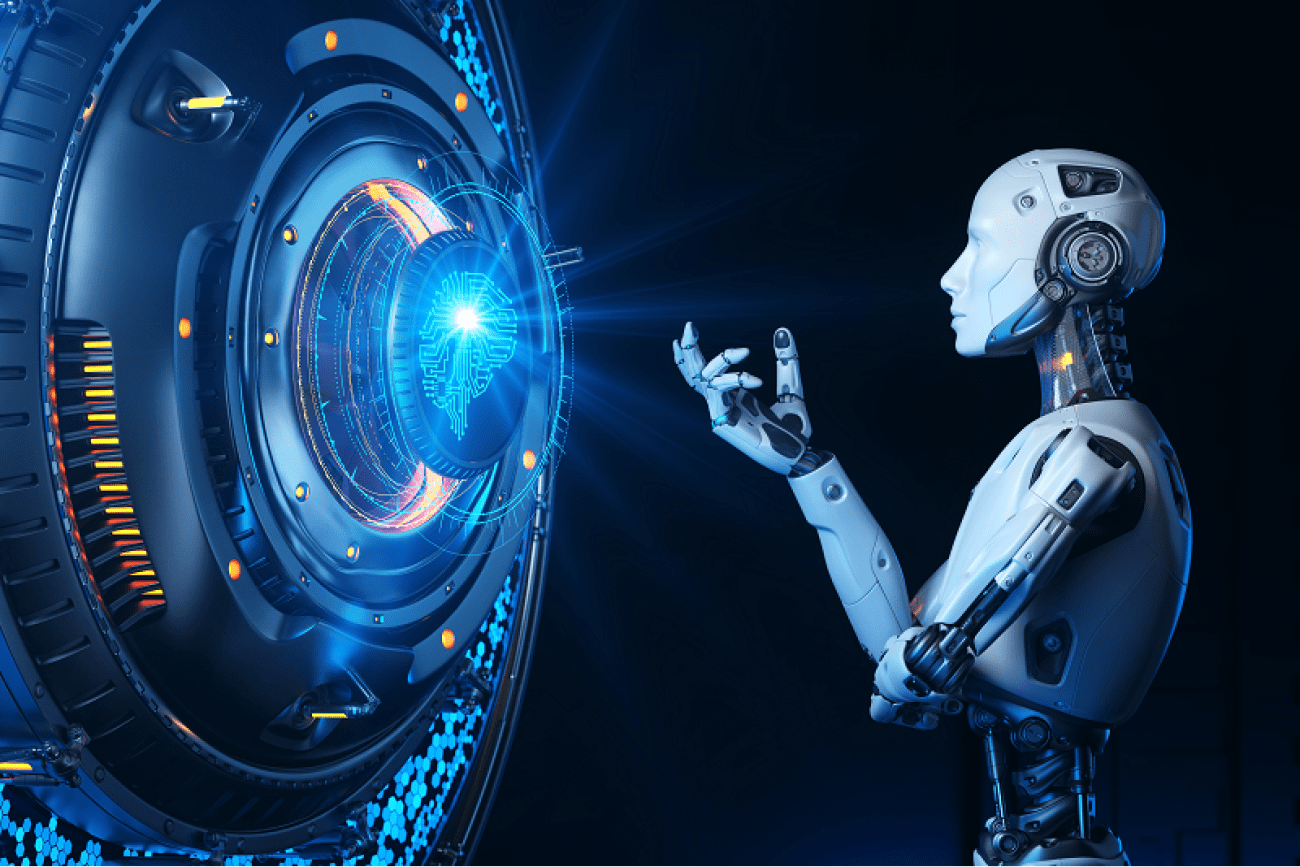
One of the most exciting areas where Web 3 is making waves is the Metaverse. The Metaverse is essentially a collective virtual space where people can interact, create, and own digital assets. But for the Metaverse to truly flourish, it needs the decentralized support that Web 3 provides.
In the Web 2 version of virtual worlds, ownership of digital assets and experiences is controlled by companies. Web 3 changes that by allowing users to own their digital property outright, thanks to blockchain and NFTs. Whether it’s digital real estate, virtual clothing, or in-game assets, Web 3 makes it possible for users to have real ownership in the Metaverse.
How Web 3 Powers the Metaverse:
Blockchain for ownership verification: Ensures that virtual assets are provably unique.
Smart contracts: Enable secure transactions in the virtual world.
NFTs: Represent digital property and collectibles.
Decentralization: Ensures that the Metaverse is open and accessible to all, without being controlled by a single entity.
The combination of these technologies allows for a new type of digital interaction, where users have true control over their virtual lives, experiences, and economies.
Conclusion
Web 3 is not just a technical upgrade; it’s a fundamental shift in how we interact with the digital world. From decentralization and smart contracts to private key authentication and AI-driven systems, Web 3 empowers users to control their own data, engage in trustless environments, and take part in decentralized governance.
As we move further into this new era of the internet, the core components of Web 3 will continue to evolve, shaping a more open, secure, and user-centric digital landscape. Whether it’s through decentralized finance, the Metaverse, or improved data privacy, Web 3 is set to transform the way we experience the internet.

